Love is in the air. Along with gun smoke.
Looking for the Ghost of Al Capone? Book one of our Philadelphia Ghost Tours to learn where paranormal enthusiasts spot his phantom.
The Eastern State Penitentiary in Philadelphia was the last place you’d want to find yourself in any capacity. In the early 19th century, prisoners were in constant solitary confinement. Failure to comply or attempt any communication with fellow inmates, you'd be subjected to unspeakable torture.
For the Quakers, this was more humane than simple execution.
By the beginning of the 20th century, these barbaric Quaker methods had been abandoned. The Penitentiary became just another prison. Though if you happened to be a prisoner there in 1929, you’d think the torture was still going on. At least to the poor soul who often screamed bloody murder in his cell, shouting at a guy named Jimmy to leave him alone.
Who would have thought the most revered mob boss in the United States, “Public Enemy Number One,” was an actual loon crying in his cell like a little boy.
There’s a truth to this, though one that’s a bit hard to understand, it’s there. To really know, you’d have to go all the way back to February 14, 1929.
It was a Valentine that no one would ever forget.
It was business as usual in a small garage on 2122 North Clark Street. Inside, you’d be greeted by an overwhelming scent of oil and exhaust and met with exposed engines and the underside of the car chassis. All standard, all unassuming.
A perfect place to get your carburetor fixed and a perfect place to smuggle alcohol that has at this point been illegal for nine years now.
In truth, all of this mattered little to the four men that had just walked into the garage on 2122 North Clark Street. Two were policemen; the other two were in hats and coats. They were greeted by the oil and the exposed engines and several men in expensive suits.
The men in expensive suits were met with raised guns.
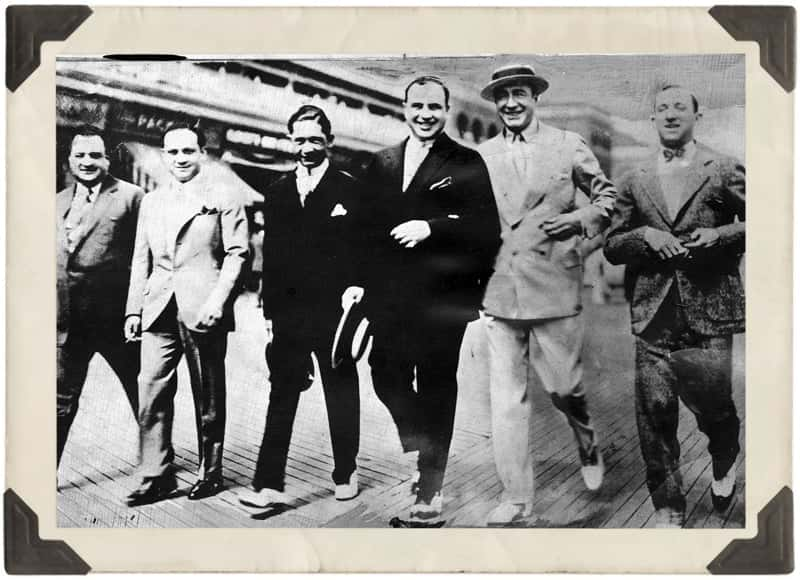
One by one, they were corralled to the back wall, backs turned and hands flat on chipped brickwork. As far as they knew, this was a raid orchestrated by lawmen who were perhaps being a bit too official in their work. Especially in this territory of Chicago, where folded bills did most of the police work.
If it were any other day, if these were any other men, they would have faced their own justice. But this wasn’t just any other day, and these were not just any other men. They certainly weren’t police.
The men on the walls had unamused smirks on their faces, either waiting for the distant siren of more boys in blue or metal cuffs on their wrists. When they heard the song of clicking and mechanizing metal, they figured a long night of jail bars and messy prosecutions and bribes just to prove they were “only fixin’ cars, your honor.”
What they weren’t figuring on was the hail of bullets that entered their bodies in a manner of a few seconds. Oil and exhaust in the air were replaced with gun smoke and blood. Seventy rounds for seven men, ten rounds per man more or less.
It was a massacre.
It was a bloodbath.
It was business as usual.
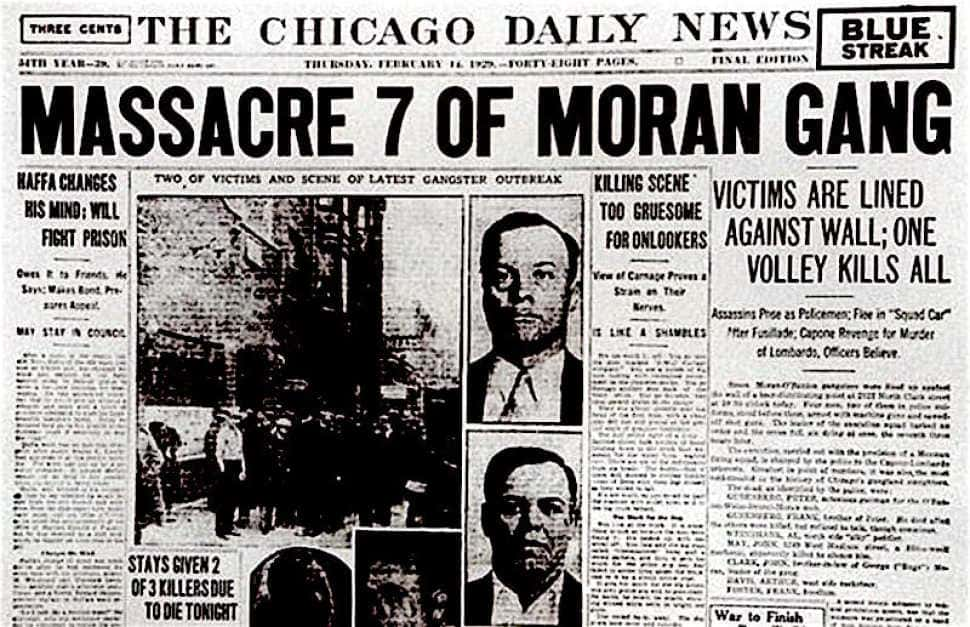
During the 1920s, Chicago had gained a disreputable reputation of being one of the most violent and dangerous cities in the United States. It was Prohibition, and gangs from every corner of the windy city were looking to etch out a business in bootlegging. Any way they could.
The height of this crime wave took place between 1924 and 1930. 1924 alone had 16 gang-related deaths. In those six years, one year had more than 64 murders. It’s also no mere coincidence that this rampant violence began close to when Al Capone came into power in 1925.
In the same period, he rose to power as the most notorious criminal in Chicago.
His method? Gunning down his rivals.
And his longest rival? George “Bugs” Moran, who happened to own a garage on 2122 North Clark Street. On February 14th, 1929, seven of his men were gunned down in that garage. It’s arguably one of the bloodiest and most violent shootings in mob history. It would infamously be known as the St. Valentine Day Massacre.
Bugs was arguably the main target of the hit and would have likely been amongst the pile of mangled bodies that stained the inside of the garage if he hadn’t been running late to meet his men inside. Fortune seems to favor the bold, and no one is quite as bold as a gangster. Because of his delay, Bugs was able to see a police car pull up to the garage. So, he did what any rational man of his caliber would do. He walked the other way and got a coffee.
He probably didn’t even hear the gunshots.
Almost immediately, people began to assume Capone had orchestrated the massacre. He was bitter rivals with Bugs and was known for mowing down his rivals to get ahead in the game. Bugs himself even said, “Only Capone kills like that.”
Though it would seem that Mr. Capone was on the other side of the country in his Florida home at the time of the shooting. His rebuttal for the murders and allegations? “The only man who kills like that is Bugs Moran.”
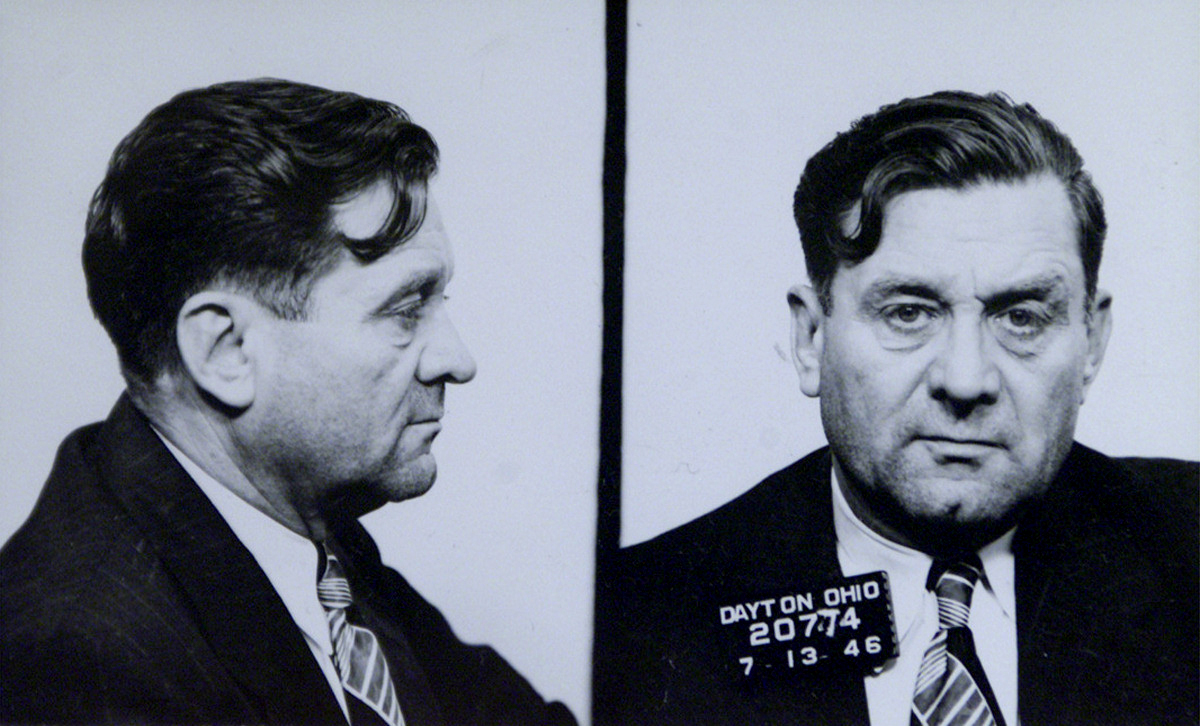
Capone was never officially charged with the murders and was never put on trial. There was little physical evidence to tie him or his men to the shooting. Eyewitnesses also did little to form a solid case on anyone for that matter, let alone Capone.
One of the victims by the name of Frank Gusenberg did survive the shooting, only for three hours more. As he lay dying in hospital, police attempted to question him about who shot him.
His official answer was, “No one, no one shot me.”
With his top men gunned down, Bugs’ couldn’t recover the power and hold in his territory that he once had. His last years as a criminal would be spent doing petty crimes until his inevitable arrest in 1939.
He died in prison in 1957.

Whatever success Al Capone may have achieved in the aftermath of the massacre would end up being his undoing. With a loud enough voice, you’d end up being heard by anyone. And Capone had the loudest voice of them all, sounded almost like machine gunfire.
Because of the massacre, he became “Public Enemy Number One.” And in 1931, he would end up being charged for tax evasion. It seems like some heard him after all.
Capone spent nine years in prison, two in Atlanta and the rest in Alcatraz. All the while, his brain began to rot from syphilis he contracted years ago. He’d spend his final days in his home in Florida, a shell of his former self. Bugs would outlive him for ten years.
To this day, the St. Valentine Day Massacre remains an unsolved case.
Where the blood-soaked garage of 2122 North Clark Street once stood, a lawn takes its place. The small, lush field belongs to a nursing home. Though it’s been almost a hundred years since that day, the violent and negative residual energy has been absorbed in the very grounds and bricks.
More or less, the lawn is haunted.
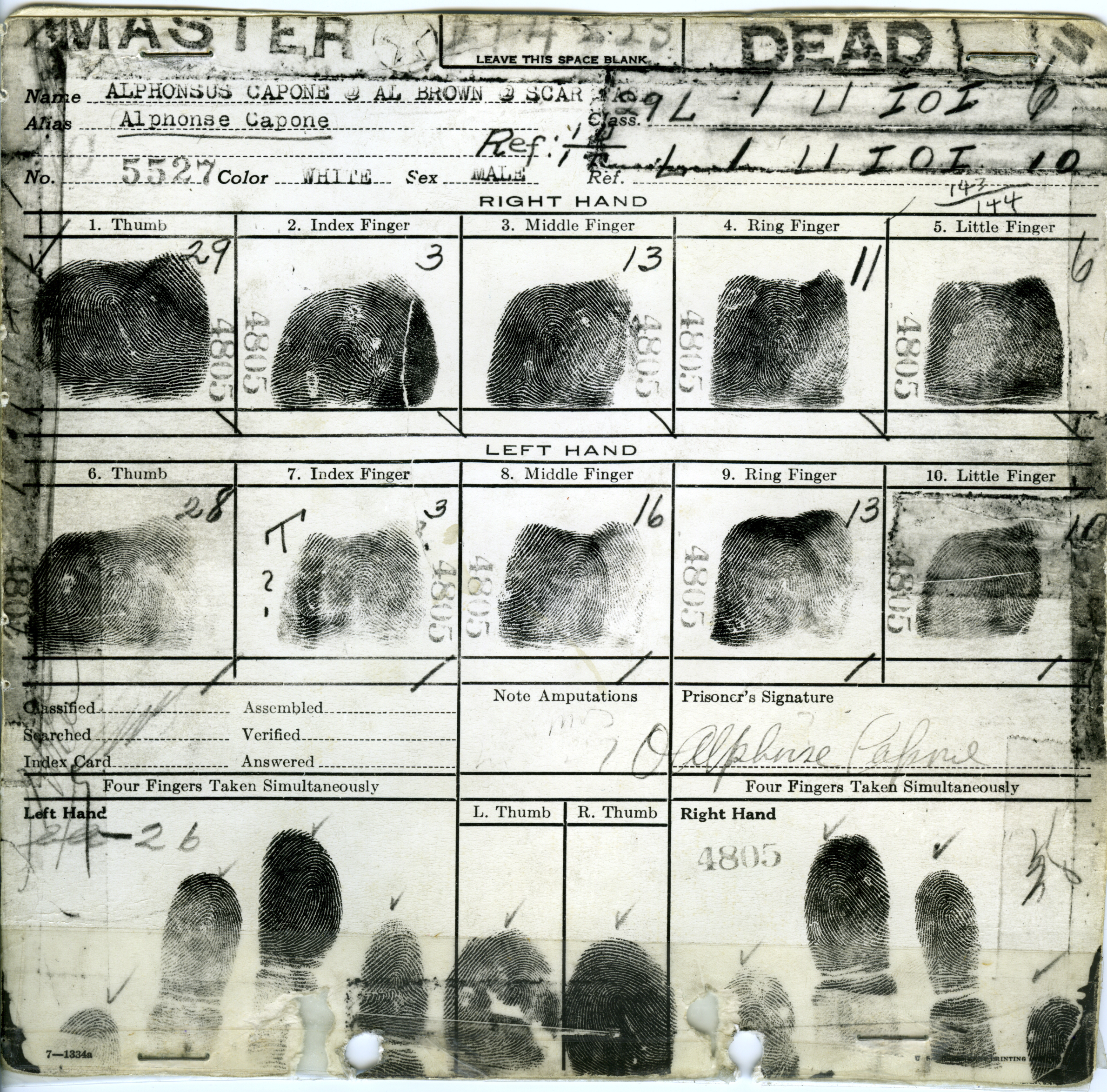
Passersby have noted odd lights and mist coming from the yard. Some have even sworn that they’ve heard men speaking nearby, though never so anyone. Sometimes, the faint sound of screams and gunshots can be heard emanating from the yard.
Those with an acute sensitivity to the paranormal often feel primal fear whenever they walk by the lawn. No doubt, the fear the men felt as lead entered their bodies. Animals close by have been noted to have this same reaction.
When the garage was torn down in 1967, the bricks of the wall where the shooting took place were packed up. Some were sold off at $1000 each; the rest were packed away, mainly in hopes to profit off their reputation.
Those sold off were believed to bring bad luck to those who owned them.
It’s said that the remaining bricks were numbered with a diagram of how to put the wall back together. Perhaps it's how the Mob Museum in Las Vegas was able to procure and rebuild the wall, bullet holes in all. Though there are believed to be around 100 bricks unaccounted for.
God only knows the horrors those who own them are experiencing.
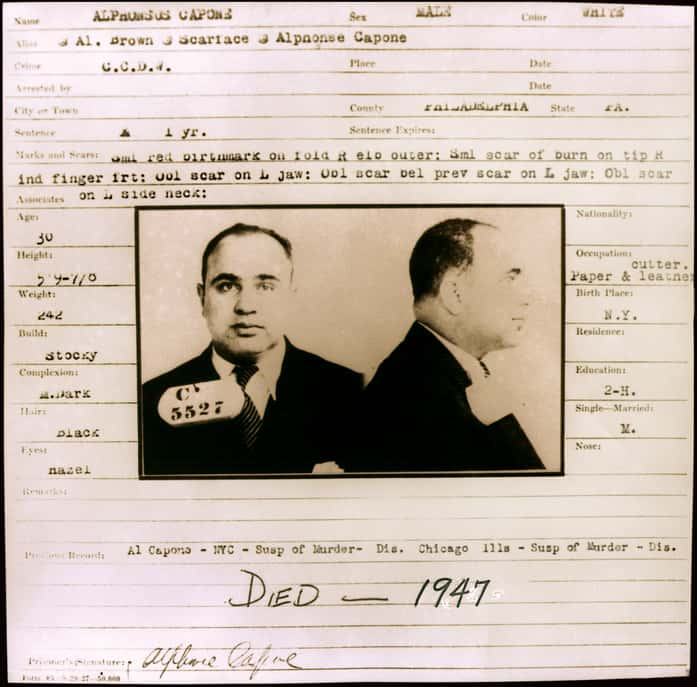
Like the grounds at 2122 North Clark Street, the wall gives off a negative aura that sensitive people avoid at all costs. They’re the only ones that can see the proverbial blood still dripping down the wall.
Many believe that one of the shooting victims haunted Capone until the day he died, tormenting him relentlessly. While spending nine months in the Eastern State Penitentiary in Philadelphia, he would often let out blood-curdling screams, shouting at a “Jimmy” to leave him alone. James Clarck was Bugs’ brother-in-law and was one of the seven men who were shot.
Or perhaps it was the early stages of dementia brought on by his syphilis. Or even still, he never had dementia at all and was driven mad by “Jimmy” haunting him for so many years. Whatever truth there might be died with Alphonse “Scarface” Capone.
And as you could imagine, he’s not really up to talking.
Happy Valentine's Day.